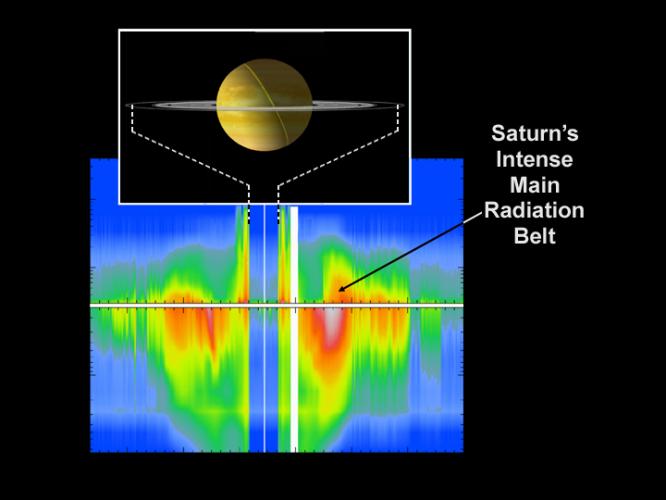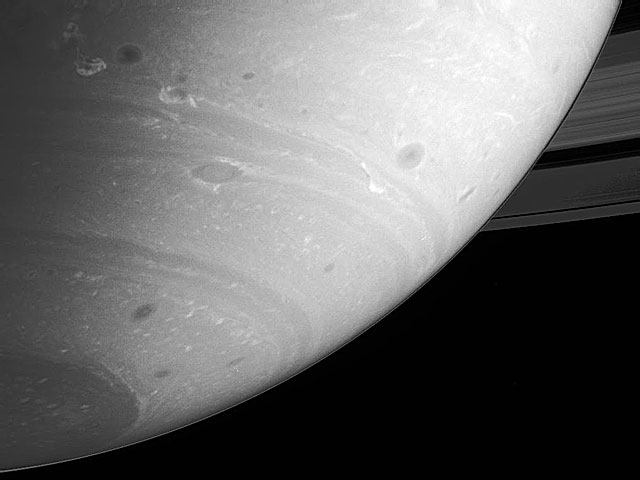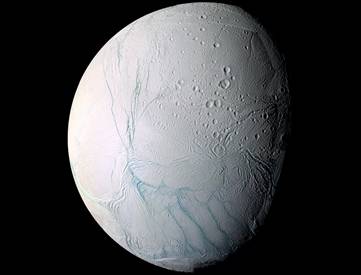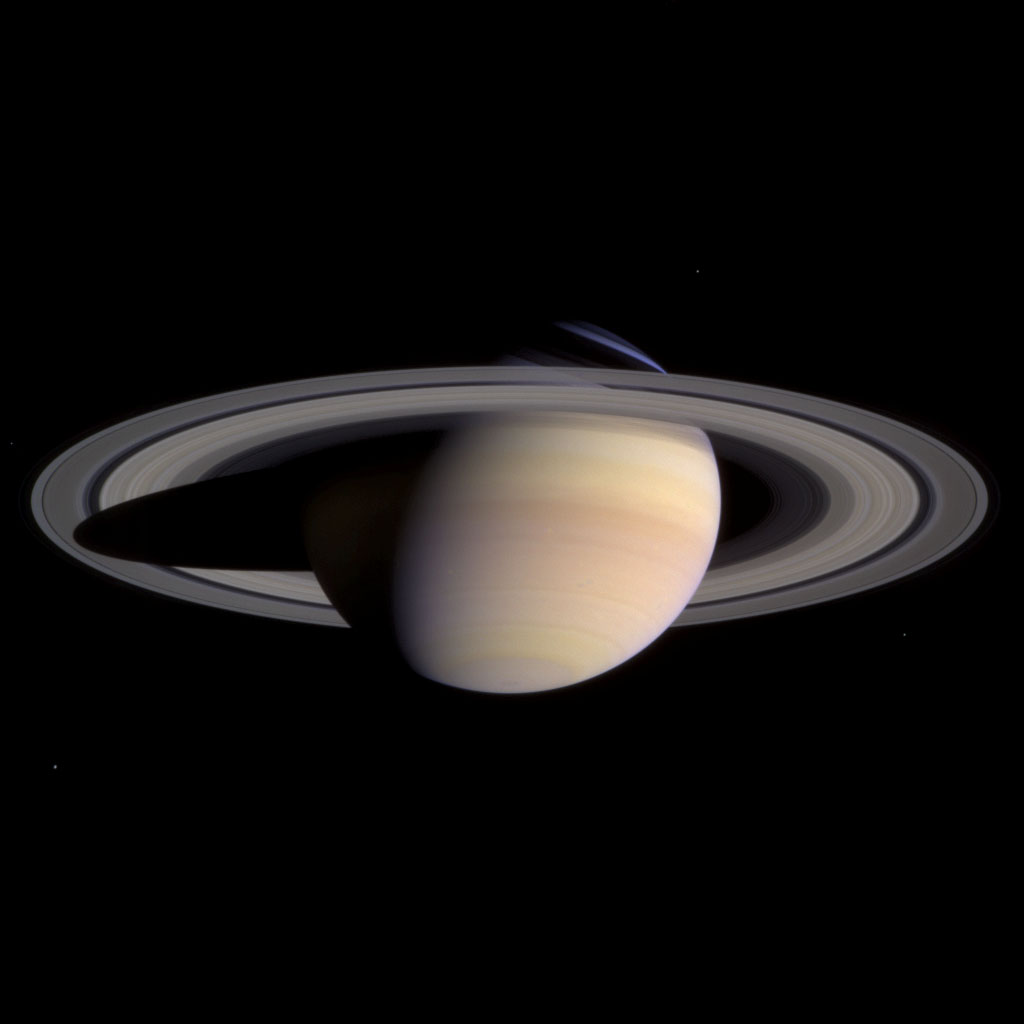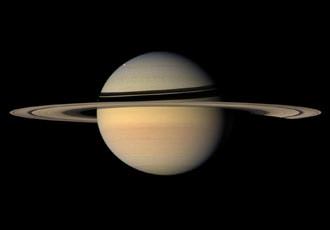Just like Jupiter, Saturn radiates out more energy that it draws in from the Sun. In fact, Saturn radiates 2.3 times more energy than it receives from the Sun.
You can also check out these cool telescopes that will help you see the beauty of planet Saturn.
This has been a bit of a mystery to scientists. But the solution lies in the fact that Saturn’s atmosphere is relatively poor in helium, compared to Jupiter. Scientists think it cooled faster than Jupiter after initial formation, and then helium droplets formed when the temperature of the atmosphere dropped below 15 K. These droplets have been falling down into the core of Saturn, heating it up, and generating the heat.
When NASA’s Cassini first arrived at Saturn, the spacecraft detected lightning storms and radiation belts around the planet. It even found a brand new radiation belt located inside the rings of Saturn. The belts extend from about 139,000 km from Saturn’s center out to 362,000, and contain highly charged particles.
Here’s an article about Cassini finding the radiation belts around Saturn, and another about strange radio emissions coming from Saturn, related to the belts.
Here’s more information on the radiation belts, and a nice photograph from NASA.
We have recorded two episodes of Astronomy Cast just about Saturn. The first is Episode 59: Saturn, and the second is Episode 61: Saturn’s Moons.

